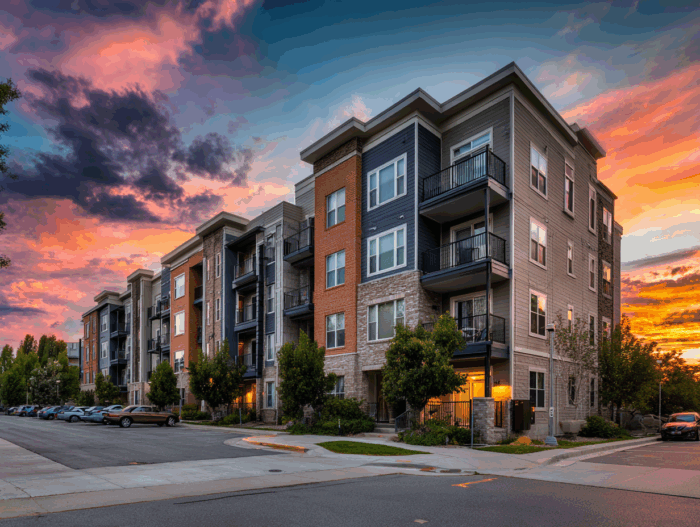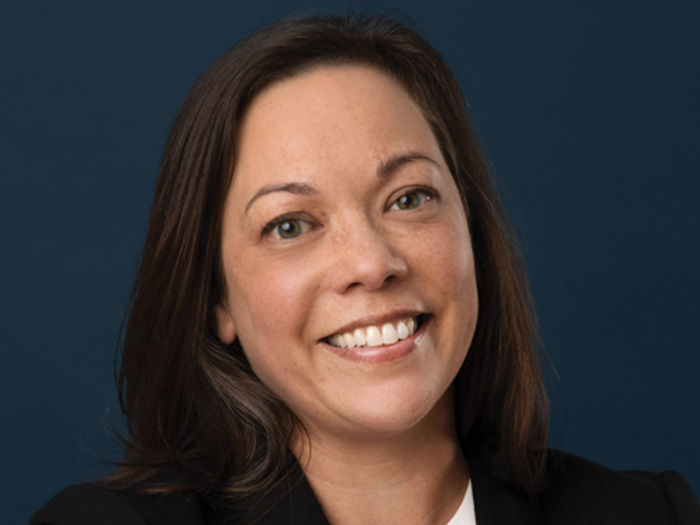Real Estate and Hospitality Sectors Facing Commercial Insurance Contrasts

Property insurance rates are declining by 10% to 20% for large real estate and hospitality companies with clean loss histories, while liability coverage faces significant cost pressures from nuclear verdicts and third-party litigation financing, according to Gallagher’s Real Estate and Hospitality Market Update for Fall 2025.
The commercial insurance landscape presents a tale of two markets, according to the report. Property insurance has shifted dramatically in favor of buyers, with Florida experiencing oversubscribed shared and layered placements that give risk managers substantial negotiating leverage. Builder’s risk coverage shows the most dramatic improvement, with wood frame construction rates plummeting from $1.00 per $100 of insured value to as low as $0.30 in urban centers despite insurers claiming they need $0.40 rates for profitability.
Meanwhile, cyber insurance competition has intensified with over 30 markets actively writing business, creating opportunities for enhanced coverage at flat or reduced premiums. The directors and officers liability market has stabilized near minimum premium thresholds after a period of significant softening, though two carriers have exited public D&O placements.
Legal System Abuse Drives Liability Market Hardening
The liability insurance crisis continues to deepen, particularly for habitational risks. General liability insurers are implementing exclusions for assault and battery, firearms, and human trafficking while demanding self-insured retentions ranging from $100,000 to $250,000 for comprehensive coverage. Umbrella and excess liability minimum premiums have surged from $1,000 per $1 million to as much as $2,500 per $1 million for the first $25 million of coverage.
In terms of directors and officers liability insurance, the report noted that renewal rates are generally flat, with slight increases depending on loss history. Emily Loupee, executive financial protections co-chair for Gallagher’s Real Estate practice, noted that at least two D&O carriers have exited the market because of inadequate rates, though up to 50 insurers remain active in the market, keeping a lid on rate increases.
Risk Managers Must Balance Cost Savings with Coverage Adequacy
The divergent market conditions demand sophisticated risk management strategies, Gallagher said. Organizations should capitalize on property insurance savings to offset liability premium increases while securing the broadest possible cyber coverage rather than focusing solely on price. With liability claims taking seven to ten years to fully develop and 2020-2021 accident years performing worse than anticipated despite earlier rate increases, risk managers must prepare for continued upward pressure on casualty pricing, the report noted.
Recent tort reform legislation in Florida and Georgia provides a potential template for addressing systemic liability challenges, though meaningful change requires broader adoption across additional states.
View the full report here. &










